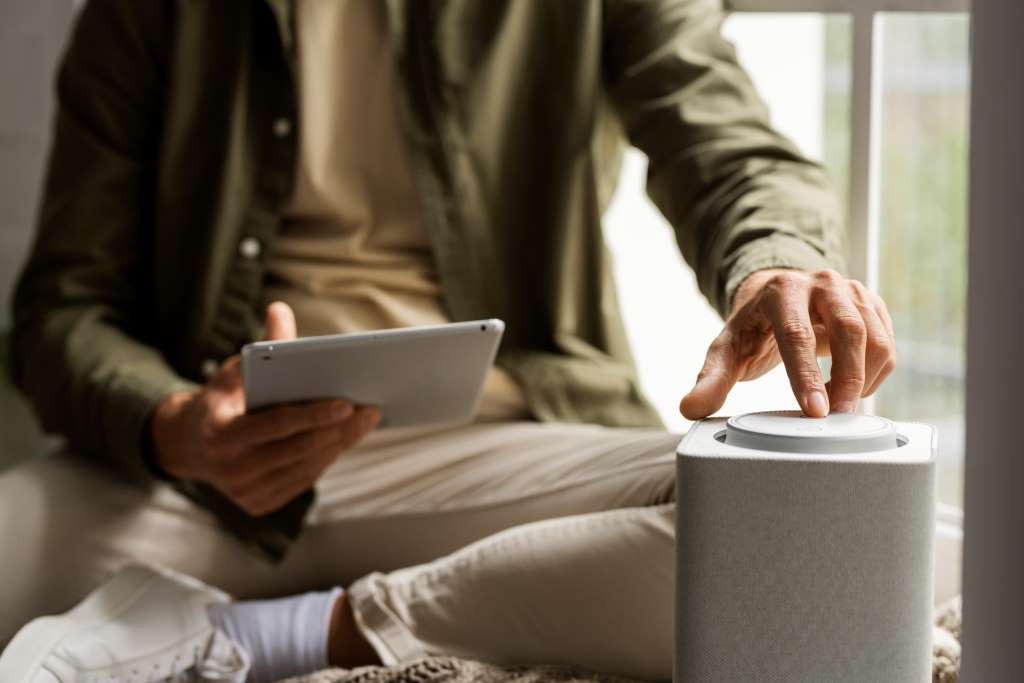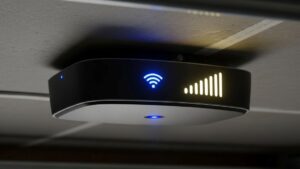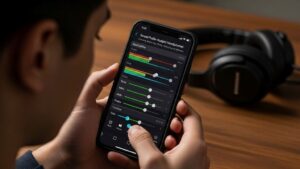Breathe Easy: Top Affordable Air Quality Monitors for a Healthier Home

Growing up, I never thought about the air I breathed. It was just there, invisible and unquestioned. That changed when my daughter started wheezing during spring. A doctor suggested poor indoor air might be the culprit. Shocked, I dove into research and discovered air quality monitors—devices that reveal hidden pollutants. This journey transformed our home and inspired me to share how affordable air quality monitors can protect your family. Indoor air can be two to five times more polluted than outdoor air, according to the EPA. Yet, many of us remain unaware. This blog post explores budget-friendly monitors, practical tips, and why clean air matters. Let’s uncover how small investments can lead to healthier living.
Why Air Quality Monitors Matter
Air quality monitors are like silent guardians. They detect pollutants like dust, pollen, volatile organic compounds (VOCs), and carbon dioxide. Poor air quality can cause allergies, asthma, or even long-term health issues. The World Health Organization states that 3.2 million premature deaths occur yearly due to indoor air pollution. This statistic hit home when I noticed my daughter’s symptoms worsen indoors. Affordable monitors, often under $100, empower you to act.

For instance, I bought a $60 monitor that revealed high VOC levels from cleaning products. Switching to natural alternatives made a difference. These devices provide real-time data, helping you identify triggers. Additionally, they’re user-friendly, often connecting to apps for easy tracking. Investing in one means prioritizing health without breaking the bank. Clean air isn’t a luxury—it’s a necessity. Discover How Can We Save the Planet.
Top Affordable Air Quality Monitors to Consider
Choosing the right monitor can feel overwhelming. However, several budget-friendly options stand out. Here’s a curated list based on performance, features, and value:
- Temtop M10 ($79.99): Measures PM2.5, VOCs, and formaldehyde. Its compact design suits small spaces. The app provides detailed trends.
- AirThings Wave Mini ($79.99): Tracks VOCs, humidity, and temperature. It’s Wi-Fi-enabled for seamless monitoring.
- IQAir AirVisual Pro ($89.99): Offers PM2.5 and CO2 readings. Its display is clear, perfect for beginners.
- Awair Element ($99): Monitors PM2.5, VOCs, and CO2. The sleek design blends into any room.
I started with the Temtop M10. Its readings helped me pinpoint pollen spikes during spring, prompting better ventilation. Each monitor offers unique features, so consider your needs—VOCs for chemical sensitivity or PM2.5 for dust.
How to Choose the Right Monitor for Your Home
Selecting a monitor requires understanding your environment. First, identify pollutants you’re concerned about. For example, urban homes may need PM2.5 tracking due to traffic pollution. Rural areas might prioritize pollen. My family needed VOC detection after noticing chemical smells. Next, consider features like portability, app integration, or battery life. A 2023 study by the American Lung Association found that 60% of users prefer monitors with smartphone connectivity for convenience. Budget is key—stick to $50–$100 for reliable options. Also, check sensor accuracy. The EPA recommends devices calibrated to national standards. Finally, think about maintenance. Some monitors require filter replacements, adding costs. I learned this when my Temtop needed a sensor clean after six months.
Practical Tips to Improve Indoor Air Quality
A monitor reveals problems, but action creates solutions. Here are actionable steps to enhance your air:
- Ventilate daily: Open windows for 10–15 minutes to reduce CO2 buildup.
- Use air purifiers: Pair with monitors for targeted pollutant removal.
- Switch cleaners: Opt for vinegar-based or eco-friendly products to lower VOCs.
- Add plants: Spider plants or peace lilies absorb some pollutants.
- Monitor humidity: Keep levels between 30–50% to prevent mold.
When I followed these, my daughter’s wheezing decreased. A 2022 Harvard study showed that better ventilation cuts indoor pollutants by up to 40%. Track monitor readings to spot patterns. For instance, I noticed CO2 spikes at night, so we added a fan. Small changes yield big results. Test one tip at a time to measure impact via your monitor. Clean air starts with simple, consistent habits.
The Bigger Picture: Why Clean Air Is a Global Concern

Air quality isn’t just personal—it’s a global issue. The WHO reports that 99% of people breathe air exceeding safe pollutant levels. Indoor air, where we spend 90% of our time, often worsens this. Affordable monitors democratize access to data, empowering change. For example, my monitor revealed PM2.5 spikes during wildfires, prompting mask use. Communities worldwide use these devices to advocate for cleaner policies. A 2024 UN report highlighted how citizen monitoring drives environmental action. By tracking air quality, you contribute to this movement. Share your data with local groups or apps like AirVisual for collective impact. Clean air benefits everyone, from reducing healthcare costs to improving productivity. My family’s healthier home motivates me to spread awareness. Affordable tools make this fight accessible, proving small actions ripple outward.
From Clueless to Confident
Before discovering monitors, I felt helpless about my daughter’s health. The turning point came when a friend recommended a budget monitor. Installing it was eye-opening—high VOCs from paint lingered in our home. We repainted with low-VOC options and saw immediate improvements. Monitoring became a habit, like checking the weather. I learned to trust data over assumptions. For instance, cooking fumes spiked PM2.5, so we upgraded our range hood. This journey taught me that knowledge is power. Affordable monitors gave me control, easing my worries. Sharing this feels like passing a torch. You don’t need expertise—just curiosity and a reliable device. My daughter’s smile, free of wheezing, is proof it works. Try it, and you’ll feel the difference too.
Conclusion
Affordable air quality monitors are game-changers. They reveal invisible threats, guide solutions, and protect your health. From my family’s story to global impacts, clean air matters. Devices under $100, like the Temtop M10 or AirThings Wave Mini, offer powerful insights. Pair them with simple habits—ventilation, eco-friendly cleaners, or plants—for a healthier home. The WHO’s alarming statistics remind us: clean air isn’t guaranteed. Yet, with budget-friendly tools, you can act. Start small, monitor diligently, and see results. Your family deserves to breathe easy. Have you used an air quality monitor? Share your experience in the comments or pass this guide to someone who needs it. Let’s build healthier homes together.
FAQs
What pollutants do affordable air quality monitors detect?
Most detect PM2.5, VOCs, CO2, and humidity. Some include formaldehyde or pollen, depending on the model.
How accurate are budget air quality monitors?
They’re reliable for home use if calibrated to EPA standards. Check reviews for accuracy data.
Can air quality monitors improve health?
Yes, by identifying triggers like dust or VOCs, they help you reduce allergens and asthma risks.
Do I need an app with my air quality monitor?
Apps offer convenience for tracking trends, but basic models with displays work well too.
How often should I check my air quality monitor?
Daily checks help spot patterns. Review trends weekly to adjust ventilation or cleaning habits.








